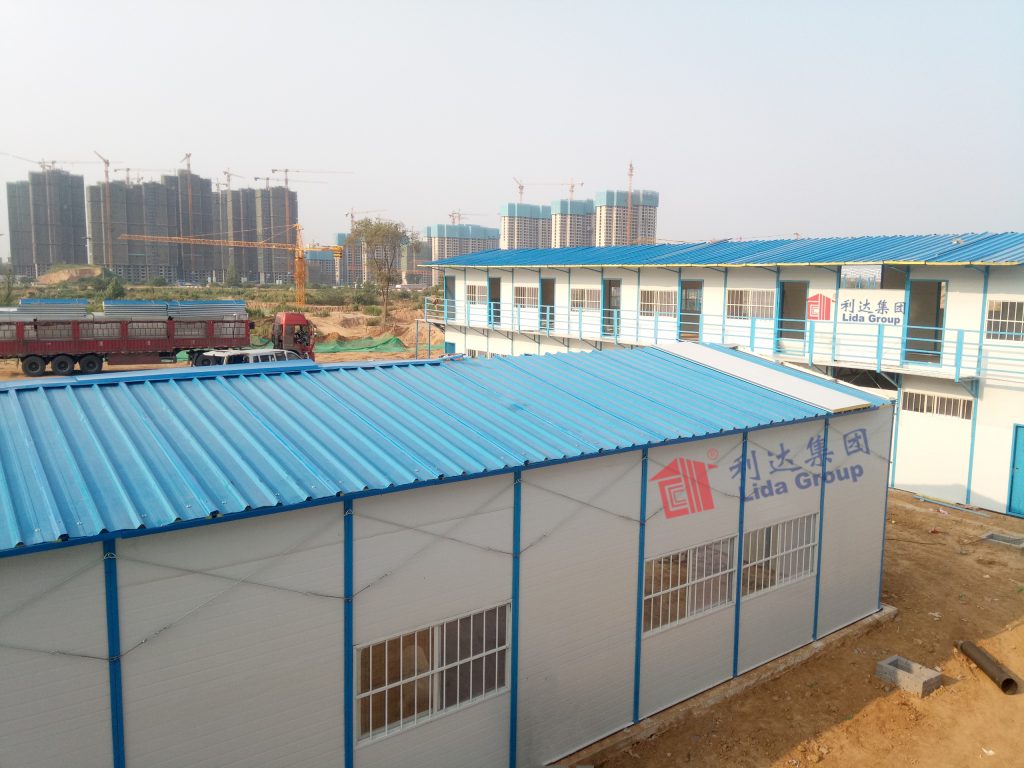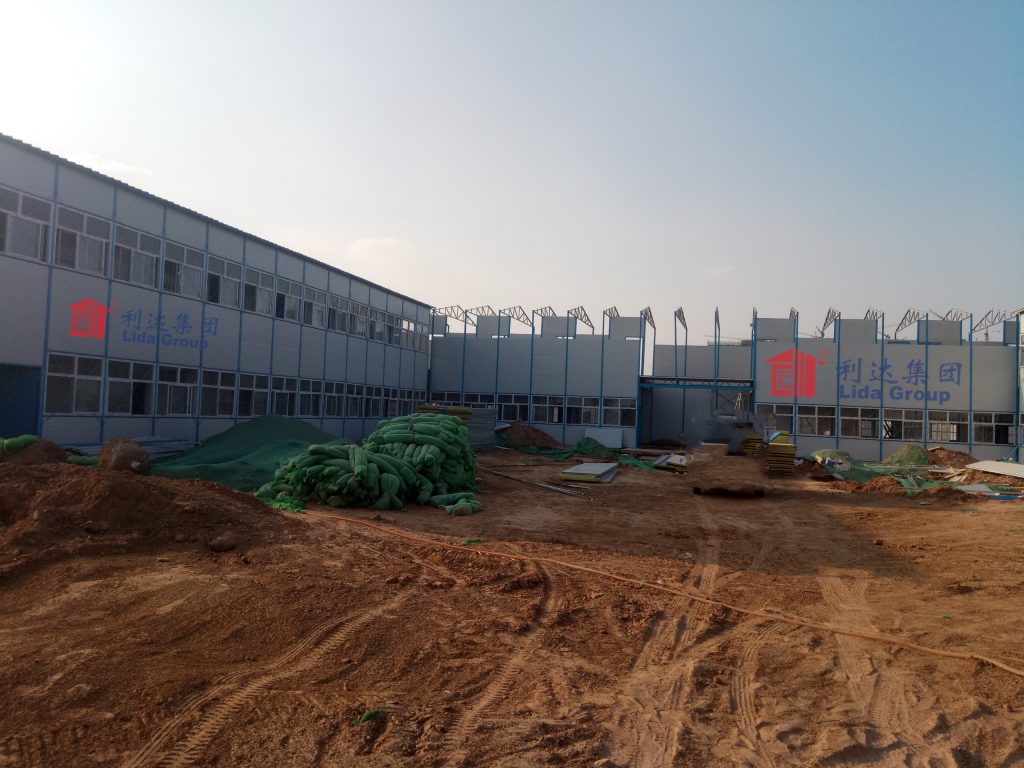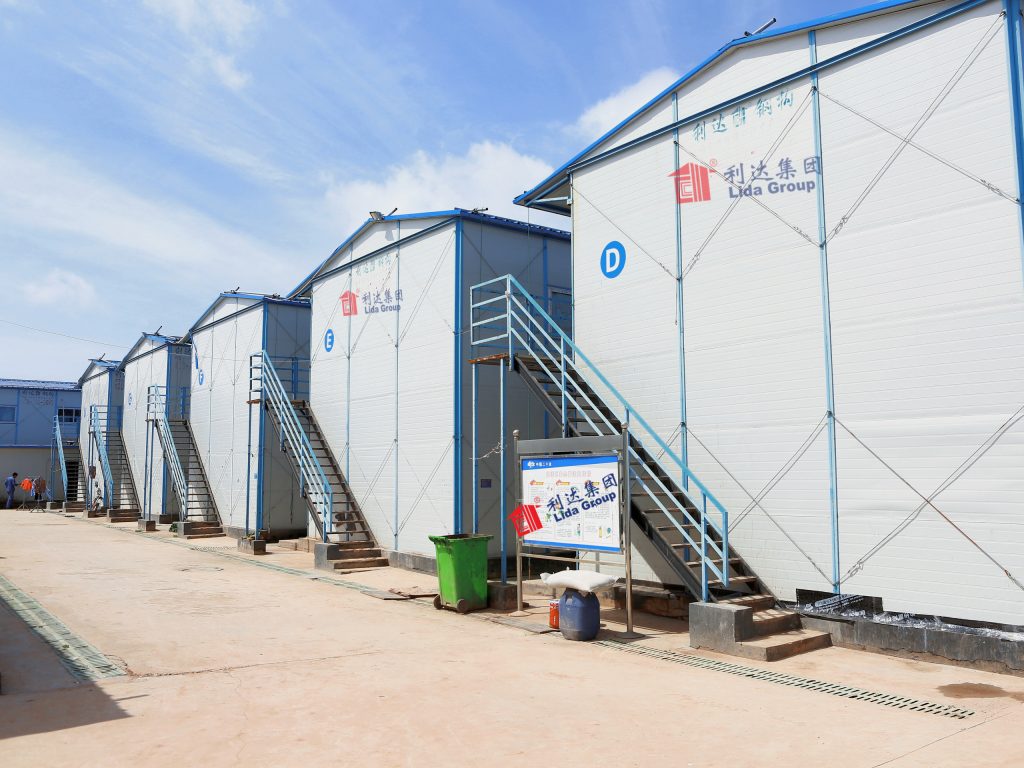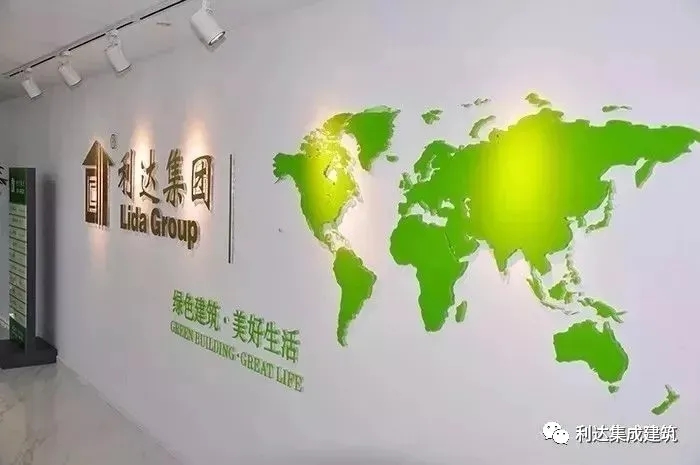The construction industry may be on the cusp of a revolution, thanks to innovations from Chinese conglomerate Lida Group aimed at streamlining building through pre-engineered panels. Lida’s new panelized system breaks from convention to deliver structures in a fraction of traditional timelines – promising lower costs, increased sustainability and construction opportunities worldwide. Industry thinkers proclaim this technology could change building permanetly by making the completion of entire projects as simple as assembling flat-packed furniture.
At the core of Lida’s system are their proprietary composite sandwich panels – composed of rigid polymer skins bonded around lightweight insulating cores. These factory-produced 3D components integrate walls, floors and roofs into complete building envelopes that only require final fitting. Already considered superior to stick framing through strength, durability, energy efficiency and reduced waste – Lida has taken panels to the next level.
By optimizing panel shapes, connectors and construction sequencing, Lida renders assembly intuitive without complex on-site work. Standardized interlocking edges and hardware allow panels to be quickly “clicked” together at predetermined angles, forming complete floors and walls in a process much like 3D puzzles. Robotic helpers also install hard-to-reach ceiling and roof portions. One team can fully erect simple structures in just days with minimal prior training.

Lida executives see the massive implications of this approach for scaling up housing worldwide. “Traditional building involves piecemeal coordination of many trades onsite for months – this level of complexity and delays drives up costs drastically,” explained Lida Chairman Zhang Ming. “Prefabrication is not new, but we’ve reimagined it from the ground up for unmatched simplicity and speed.”
Advantages of the panel system for developers include 30-50% savings in construction timelines and labor costs versus stick-built equivalents. Units can now be completed in weeks rather than seasons. Additionally, entire communities of homes may be assembled simultaneously by multiple crews. This allows rapid response to demand surges and makes developments financially viable even in emerging markets with limited infrastructure.
Standardization yields further efficiencies. Common panel sizes and connections streamline manufacturing and eliminate complex cutting on-site. As a result, Lida reports per-square-foot costs are also 30-50% lower than traditional methods despite quality equaling or surpassing conventional equivalents. Improved construction margins are passed directly to more affordable housing.

For housing consumers, benefits go beyond initial price points. Panels are engineered to extremely tight tolerances, creating airtight, durable homes requiring less long-term maintenance and operating energy compared to typical structures. Fireproof panels and noncombustible cores also enhance safety. Long lifecycles mean structures can be moved or reconfigured over decades as family needs change.
Lida’s system carries additional advantages as construction looks to mitigate climate impacts. Producing panels in controlled factories versus at job sites reduces waste and carbon footprint up to 70% according to Lida’s analysis. Renewable technology integrations enable near zero energy use once assembled. Plus recycled panel materials re-enter the manufacturing cycle at end-of-life.
To prove viability, Lida is launching housing projects trialling the system across Asia, Africa and South America over the next year. Plotting entire communities at rapid pace hand-in-hand with developers will demonstrate the system’s ability to deliver housing more sustainably at tremendous scale. Mass adoption could then help relieve shortages of millions globally.

Many experts argue this new approach has potential to essentially disrupt conventional construction. “Lida’s breakthrough shifts the paradigm to a leaner, more modular model that optimizes entire supply chains from design through occupancy,” explained Professor Anthropic of MIT. “Prefabrication has long struggled versus traditional methods due to perceived complexities – but this technology virtually eliminates those barriers.”
With construction facing urgent needs to accelerate housing development while reducing environmental tolls, Lida’s innovation could not be timelier. As trial projects and partnerships with builders ramp up, the approach seems posed to drive a wave of industry change meeting sustainability, quality and affordability goals simultaneously. Success propelling adoption would fulfill the promise of prefabrication at a scale transforming the built environment globally for generations to come.
In summary, Lida Group aims to revolutionize construction through a pioneering panelized system poised to deliver housing more affordably, efficiently and sustainably than ever before. By advancing prefabrication through an intuitive, integrated design optimized for up to 90% faster assembly than traditional methods, Lida promises to remove barriers holding back mass adoption of off-site manufacturing. Initial projects will prove viability of delivering entire communities in weeks. If driving improved quality of life through lower-cost prefab worldwide, Lida’s system could initiate a new era raising global standards for housing development.

Related news
-
Lida Group unveils new technology for rapid installation of prefabricated structures using composite sandwich wall panels.
2024-09-10 17:03:26
-
New joint venture brings affordable, sustainable prefabricated housing solution to rapidly growing urban centres across Asia using Lida Group's patented sandwich panel construction method.
2024-09-10 17:13:23
-
Economical Green Building Steel Prefab Home Sandwich Panel House
2024-09-06 17:49:28
contact us
- Tel: +86-532-88966982
- Whatsapp: +86-13793209022
- E-mail: sales@lidajituan.com


